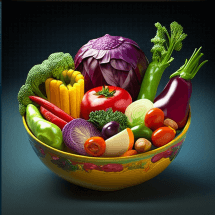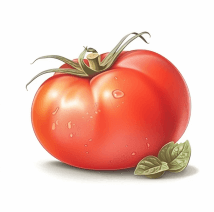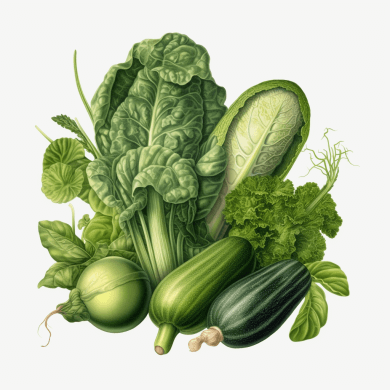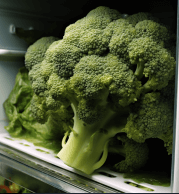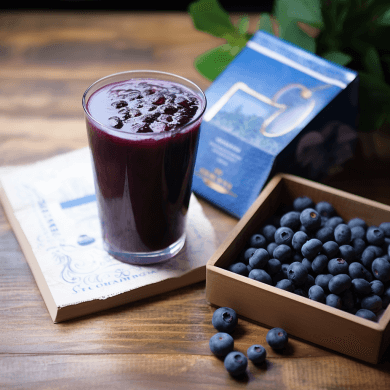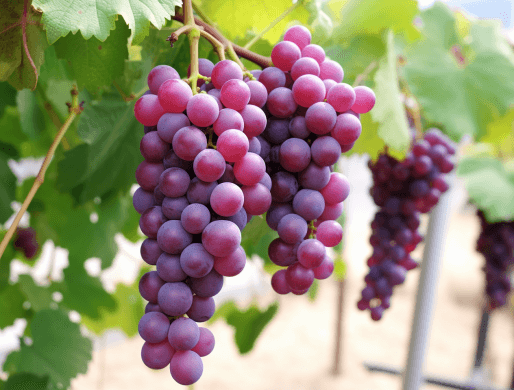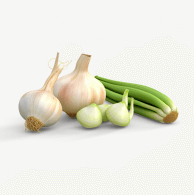Health Benefits of Foods of Various Colors
Food comes in a vibrant rainbow of colors, and these hues are not just visually appealing but also indicative of the array of nutrients they contain. Different colored foods offer diverse health benefits, as they possess specific vitamins, minerals, antioxidants, and phytochemicals. In this article, we will explore the health benefits of foods categorized by their colors.
Red Foods
Red foods, such as tomatoes, watermelons, and red peppers, owe their hue to the presence of lycopene and anthocyanins. Lycopene, a powerful antioxidant, has been associated with a reduced risk of various cancers, especially prostate cancer. Additionally, red fruits and vegetables are rich in vitamin C, promoting a healthy immune system and collagen production.
Orange and Yellow Foods
Foods like carrots, sweet potatoes, and mangoes get their vibrant color from beta-carotene, an antioxidant that the body converts into vitamin A. Beta-carotene helps maintain healthy skin and supports eye health. These foods are also high in vitamin C, promoting a healthy immune system and aiding in wound healing.
Green Foods
Leafy greens like kale, spinach, and broccoli are packed with essential nutrients like folate, vitamin K, and iron. These greens also contain lutein and zeaxanthin, which are beneficial for eye health and reducing the risk of age-related macular degeneration. Additionally, greens are a good source of fiber, aiding in digestion and promoting heart health.
Blue and Purple Foods
Blueberries, purple grapes, and eggplant fall under this category and are rich in anthocyanins, which have antioxidant and anti-inflammatory properties. Studies have shown that regularly consuming blue and purple foods may contribute to improved memory, reduced risk of heart disease, and better overall cognitive health.
White and Brown Foods
White and brown foods, such as onions, garlic, mushrooms, and whole grains, offer unique health benefits. They are often rich in sulfur compounds that have antimicrobial properties and can support immune function. Additionally, certain whole grains, like brown rice and quinoa, are high in fiber and can aid in digestive health.
Diverse Perspectives
While categorizing foods by color can provide a helpful framework for understanding their nutritional benefits, it’s important to note that individual foods contain a combination of various nutrients. A balanced and varied diet is crucial to ensure the intake of a wide range of nutrients. Moreover, it’s essential to consider personal dietary needs, preferences, and any potential allergies or intolerances.
Conclusion
Embracing a diverse and colorful diet not only adds visual appeal to your meals but also offers an array of health benefits. Red foods provide antioxidants and phytochemicals to combat oxidative stress, orange and yellow foods offer a boost of eye-protecting properties, green foods provide essential nutrients for overall health, blue and purple foods support cognitive function, and white and brown foods offer antimicrobial properties. Remember to consult a healthcare professional or a registered dietitian for tailored dietary advice based on your unique needs and health conditions.
Hot fruit
Hot vegetables
Source
- Harvard T.H. Chan School of Public Health: Healthy Eating Plate
- University of Rochester Medical Center: Beta-carotene
- Australian Red Cross Lifeblood: Vitamins and Minerals
